Nestled on a peninsula jutting out into the Bay of Panama, Casco Viejo is a colorful, historic gem that weaves together the old and new. Walking through its cobblestone streets, I felt like I was stepping back in time while simultaneously experiencing the vibrant culture of modern Panama. From its storied past to its present-day renaissance, Casco Viejo is where history, charm, and adventure come together.
First Impressions: A World Apart
As I approached Casco Viejo, Panama City’s bustling skyline faded into the background, replaced by the quaint colonial architecture that characterizes this part of the city. The air felt different here—softer, filled with a sea breeze carrying the faint scent of salt and tropical plants. It was as if I had traveled back centuries, even though the modern city was just a short drive away.
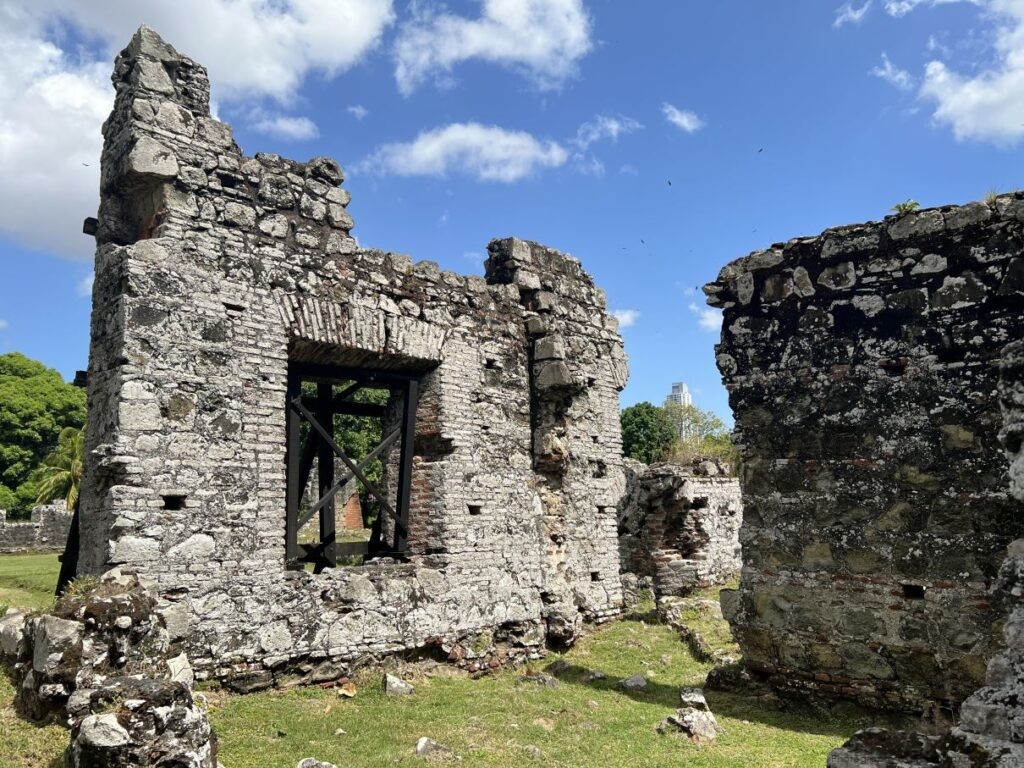
The first thing that caught my attention was the array of brightly painted buildings, their facades a patchwork of pastel blues, yellows, and pinks. Intricate wrought iron balconies and arched windows added an old-world charm, yet there was something undeniably modern about how the district had been revitalized. Casco Viejo is a UNESCO World Heritage site, and its restoration efforts are ongoing, breathing new life into its timeworn streets without losing the spirit of its past.
The History Behind Casco Viejo
Casco Viejo, or the “Old Quarter,” was established in 1673 after Panama Viejo, the original city, was sacked by the infamous pirate Henry Morgan. The city’s relocation was a strategic move, perched on a peninsula surrounded by water and fortifications to protect it from further pirate attacks. This new site became the heart of Panamanian culture and politics, with grandiose buildings reflecting Spanish colonial influence.
Wandering through the district, I found myself walking past the crumbling ruins of churches and fortresses, many of which bore witness to pivotal events in Panama’s history. The echoes of the past are still very much alive here. I imagined what it must have been like during the colonial period—an era of merchants, soldiers, and clergy building a city that was both a military stronghold and a commercial hub.
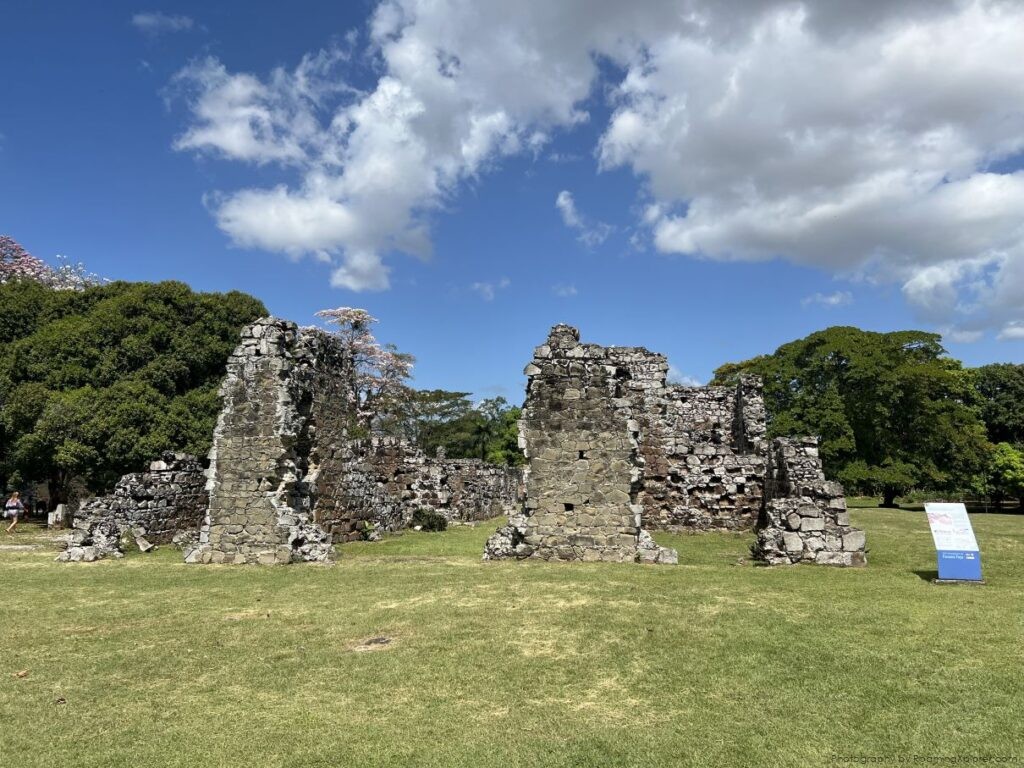
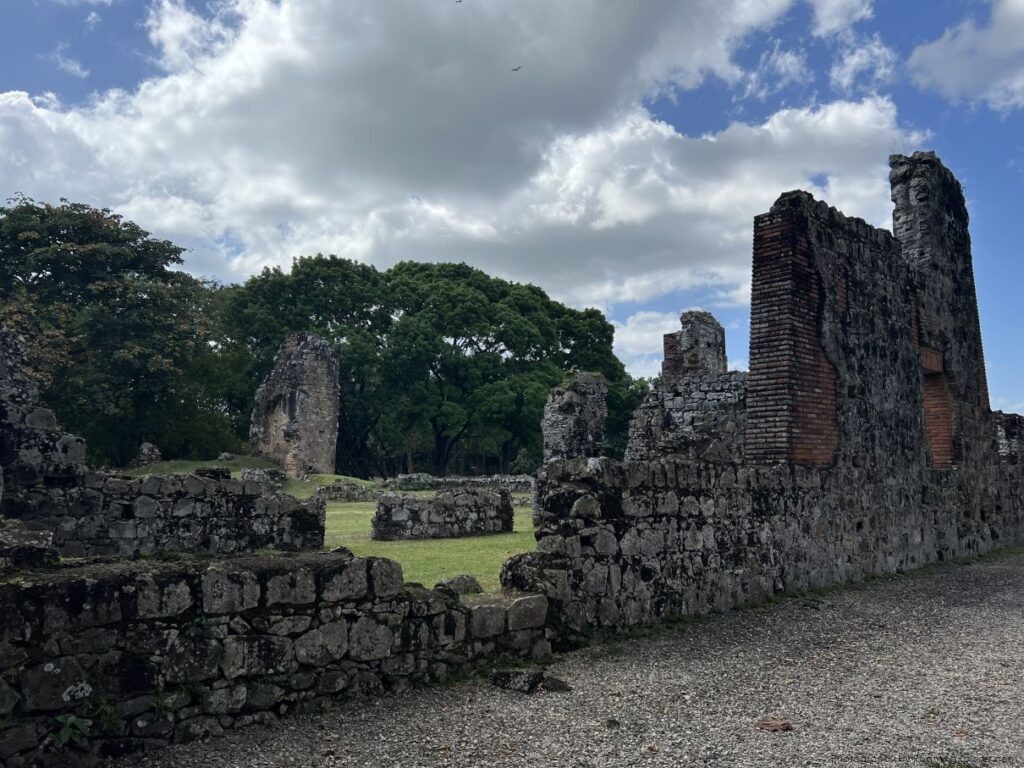
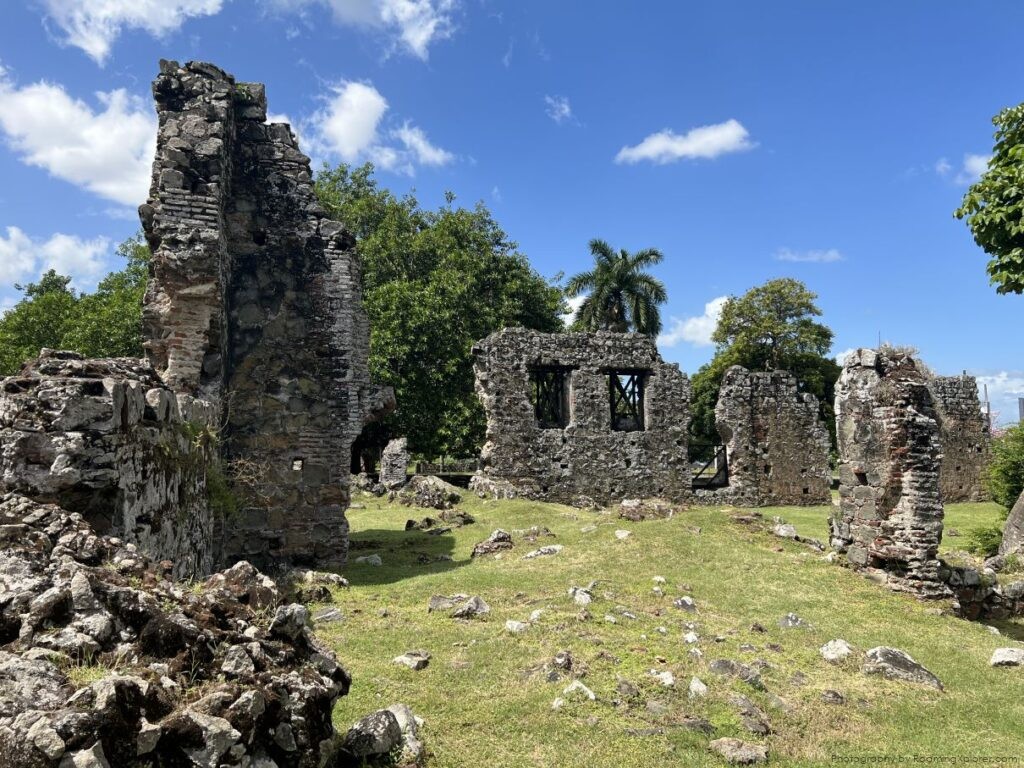


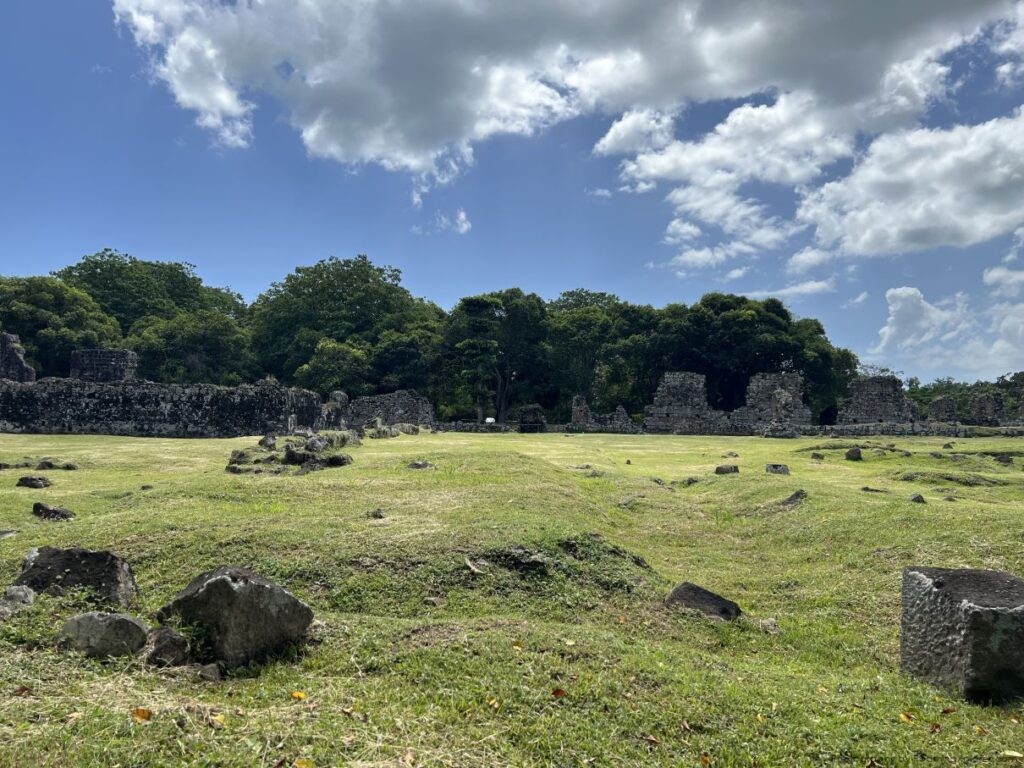
One particularly striking example of history’s grip on the district is La Catedral Metropolitana, a majestic cathedral that dominates Plaza Mayor. Completed in 1796, its twin bell towers are a familiar sight, their white facades glistening in the afternoon sun. I couldn’t help but pause here, feeling the weight of the centuries upon me. The plaza, once a meeting place for local elites and merchants, now buzzes with tourists and locals, the atmosphere festive but reverent.
A Stroll Through Culture and Contrasts
Casco Viejo is a sensory experience, from the rhythmic beats of salsa music drifting through open windows to the vibrant murals that add a modern artistic flair to ancient walls. As I strolled along its narrow streets, each turn offered a new discovery—a centuries-old church on one corner, a chic rooftop bar on the next. This juxtaposition of old and new is what gives the area its unique character.
One of the most memorable spots for me was Iglesia de San José, home to the legendary golden altar. This ornate piece of baroque art is said to have been saved from pirate Henry Morgan’s raid by local monks who covered it in black paint to make it look worthless. Standing before it, with its gleaming gold surface restored, I marveled at the cleverness of that plan and the sheer beauty of the craftsmanship.

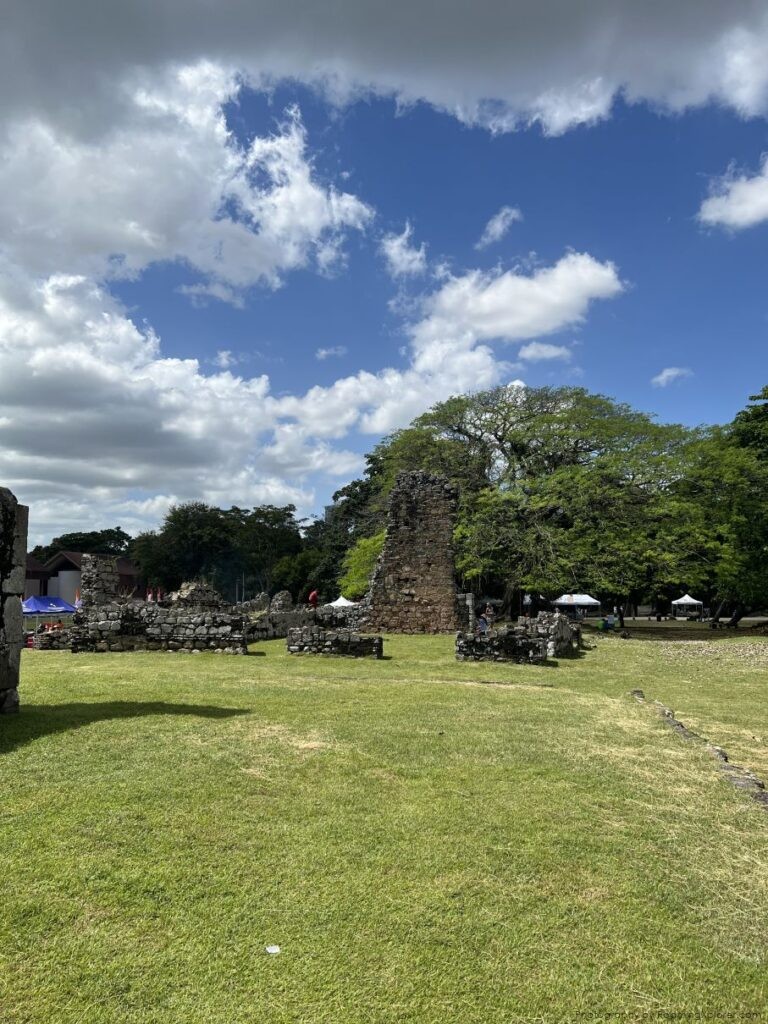
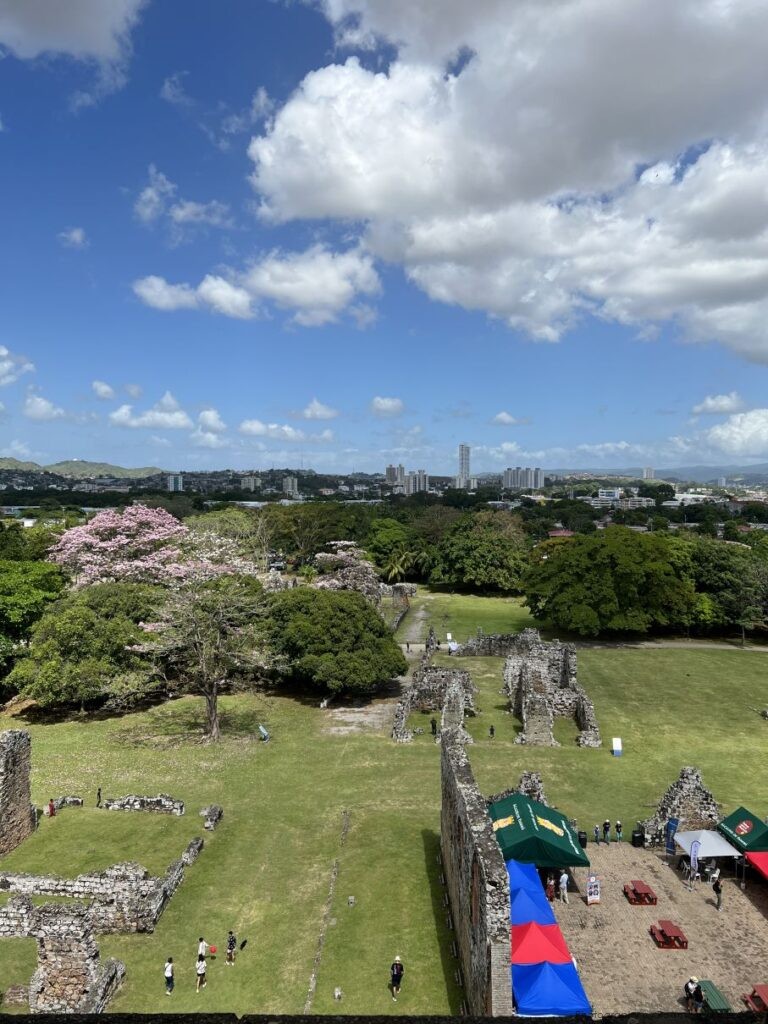

Yet, Casco Viejo isn’t just about historical landmarks. The district has transformed into one of the trendiest areas in Panama, and its modern allure is undeniable. Boutique hotels, gourmet restaurants, and artisan coffee shops have moved into restored colonial buildings, creating a fascinating blend of eras. I stopped for a cup of Panamanian coffee at one such café, its interior a mix of minimalist design and colonial architecture. Sitting there, I could observe both tourists and locals alike—each absorbed in the magic of this place.
The Heartbeat of Casco Viejo: Plaza Simon Bolivar
One of my favorite places in Casco Viejo was Plaza Simon Bolivar, a charming square surrounded by important historical buildings. Named after the South American liberator, this plaza is where Panamanians often gather for celebrations and events. The shaded benches provided the perfect spot for a moment of reflection, where I could take in the essence of daily life here.

Standing at the center of the square is a bronze statue of Simon Bolivar himself, sword in hand, a reminder of Panama’s role in the struggle for independence from Spain. On one side of the plaza is Iglesia de San Francisco de Asis, a small but beautiful church that has seen its own fair share of historical events. This was once the site where the independence of Panama from Colombia was celebrated, making it a key piece of the country’s nationalist history.
Culinary Delights
Casco Viejo also gave me the opportunity to indulge in Panama’s diverse culinary traditions. Whether it was freshly caught seafood at a local restaurant or street vendors selling empanadas and plantain chips, the flavors of the district mirrored its multicultural history. One meal, in particular, stood out—a dinner at Donde Jose, a tiny restaurant that serves Panamanian fusion cuisine. Each dish was a work of art, incorporating local ingredients with modern techniques, and it provided a sensory tour of the region’s flavors.
The fusion of Afro-Caribbean, indigenous, and Spanish influences is evident in every bite. Seafood plays a central role, naturally, given Panama’s proximity to both the Pacific Ocean and the Caribbean Sea. I found myself savoring cevichemade from corvina, a local fish, and fried yucca topped with tangy sauces. It’s no surprise that Casco Viejo is becoming a hub for food lovers, with gourmet options tucked away in almost every corner.
Casco Viejo After Dark: A Fusion of Nightlife and History
As night fell, Casco Viejo underwent yet another transformation. The historic district, so peaceful during the day, came alive with vibrant nightlife. Rooftop bars offered stunning views of the city skyline across the bay, while salsa clubs pulsed with the energy of dancers lost in the music.
I ended my evening at Tantalo Rooftop Bar, where the panoramic views of Panama City’s skyline merged seamlessly with the starry sky. The contrast between the glowing skyscrapers in the distance and the colonial rooftops below was mesmerizing. Sipping a cocktail made with local rum, I couldn’t help but appreciate how Casco Viejo straddles the line between past and present. It felt as though I was standing at the crossroads of time, where the old city meets the new.
Reflections on Casco Viejo: A Timeless Journey
Casco Viejo is more than just a historical district; it’s a living, breathing part of Panama’s identity. Its crumbling ruins tell the story of a city that has endured wars, revolutions, and the passage of time, yet still stands as a testament to resilience and rebirth. What struck me most during my visit was the harmony between the old and the new—how colonial-era buildings coexist with contemporary culture, how ancient plazas are filled with modern art, and how the past is never too far behind, even in the district’s most avant-garde spaces.
For travelers like me, who crave a blend of adventure and reflection, Casco Viejo offers a unique experience. It’s a place where you can lose yourself in history during the day and dance the night away under the stars. And while I knew I was just a visitor, passing through this timeless part of Panama, it left a lasting imprint on me—a reminder that history and modernity are never truly separate. They are always interwoven, creating a tapestry that defines a place and its people.
![]()

